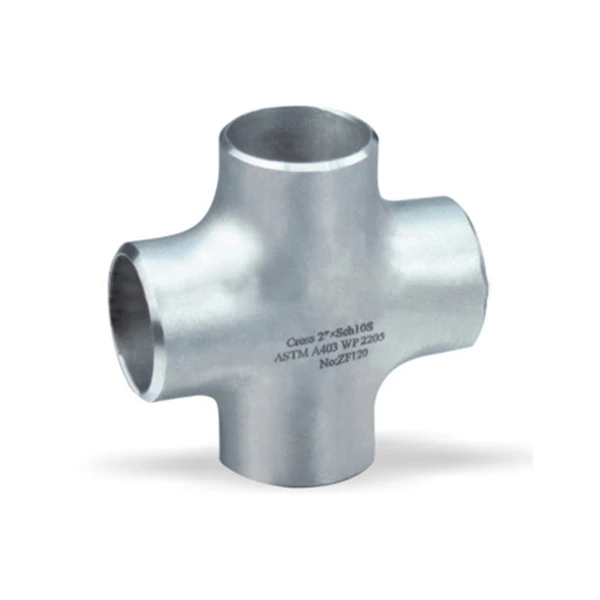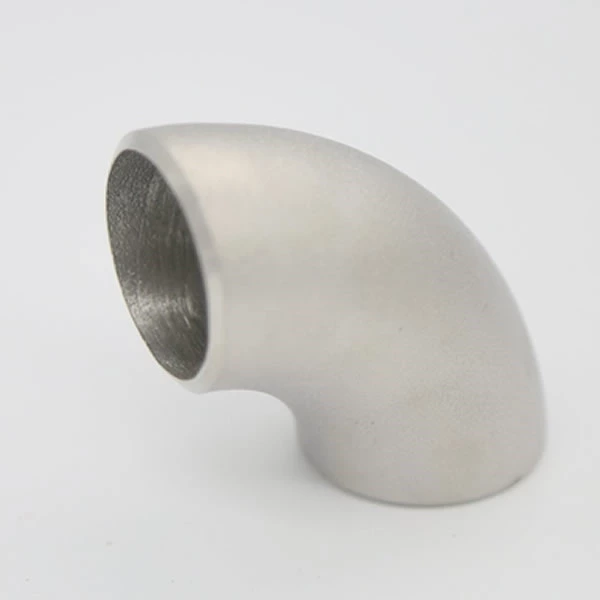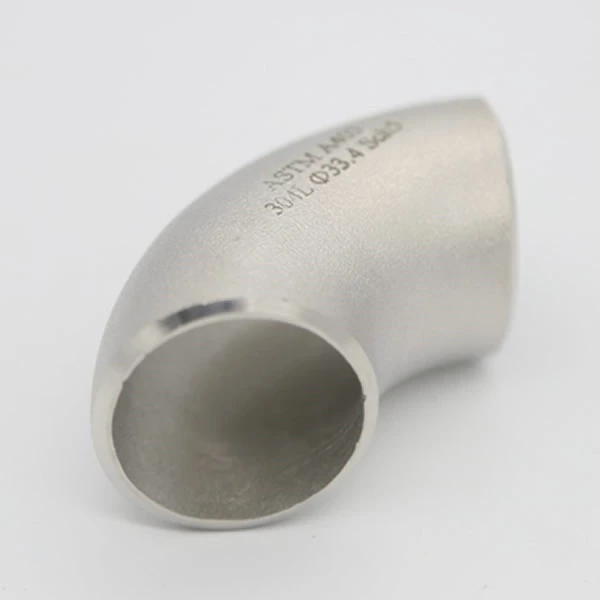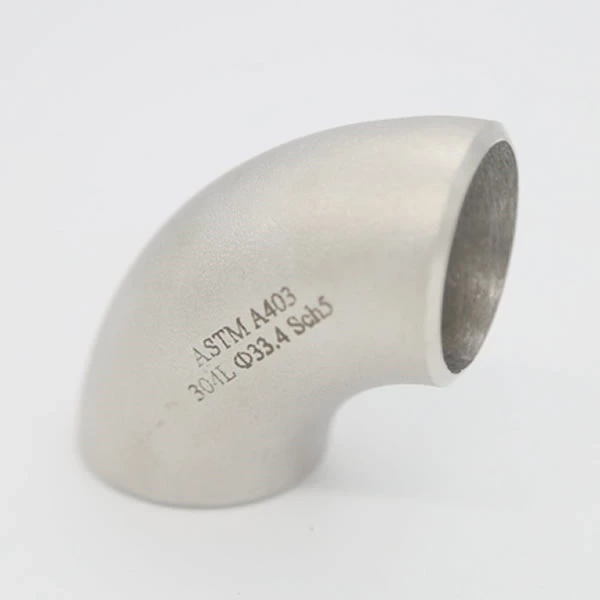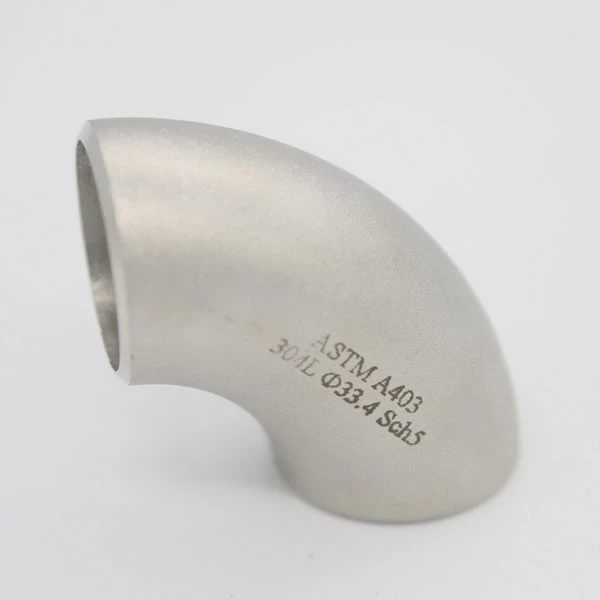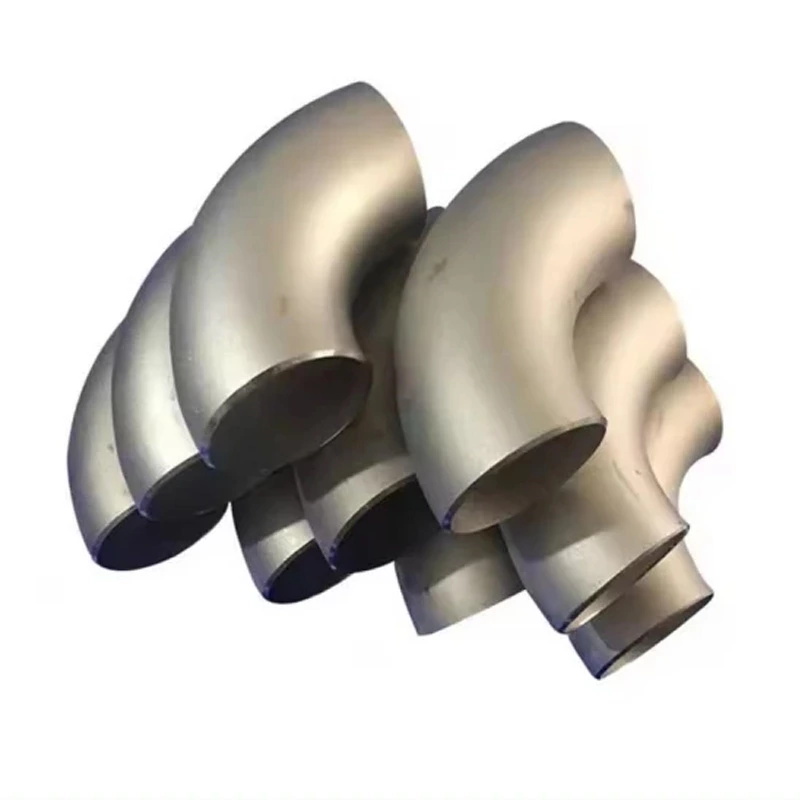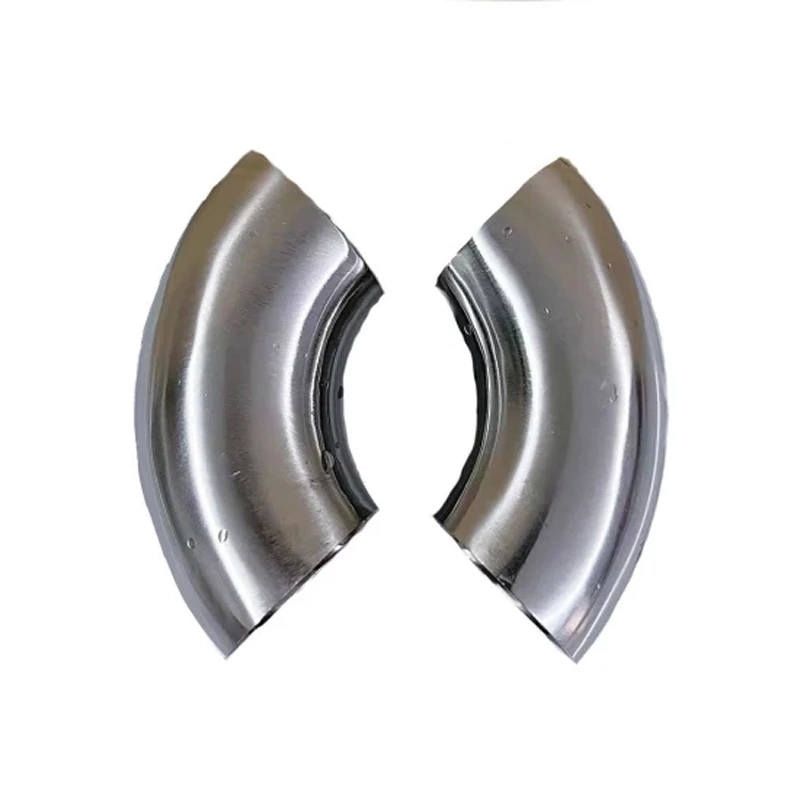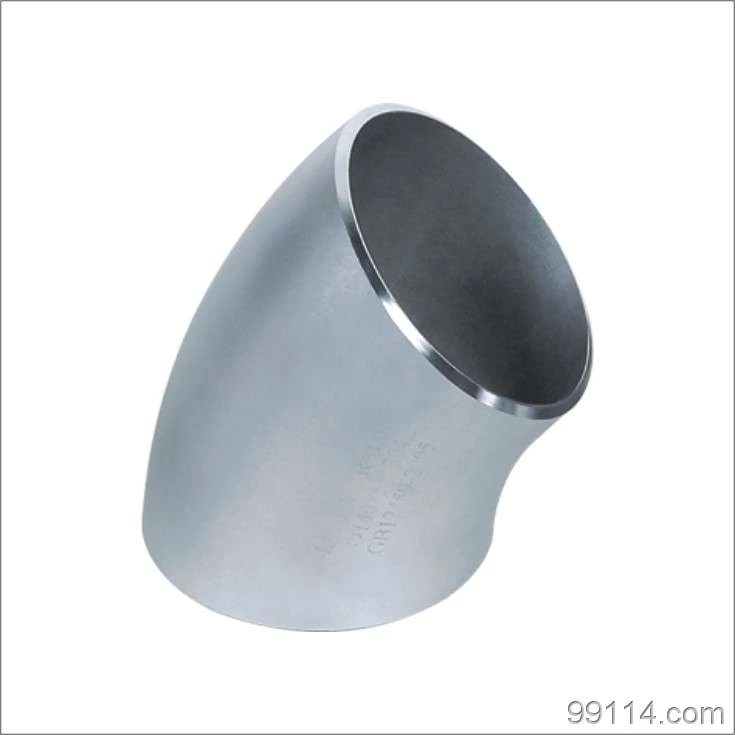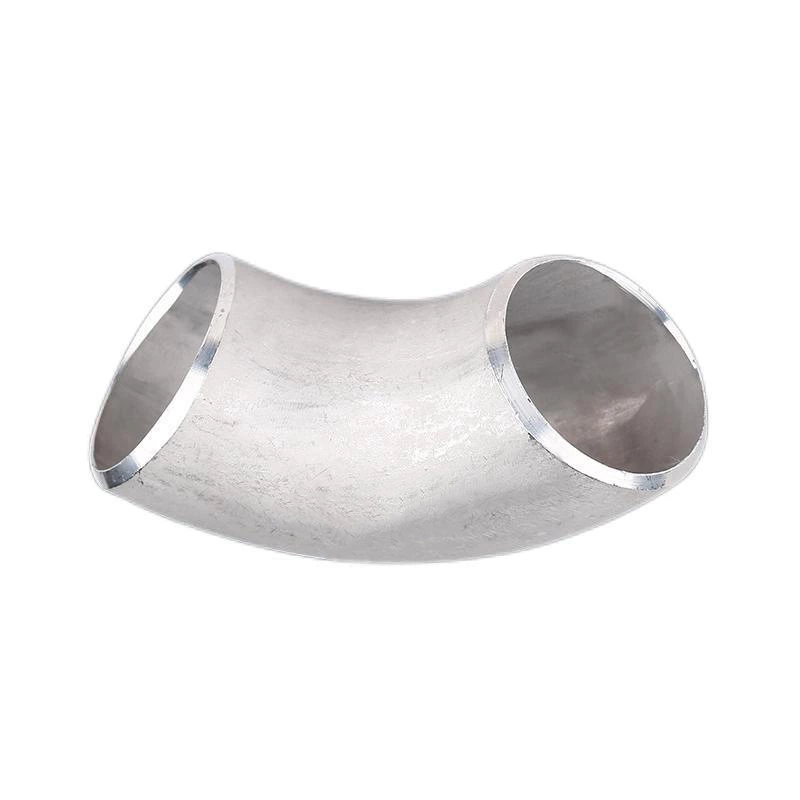Stainless Steel Reducer (reducer) Hydraulic Pressure Pipeline Has Important Theory And Significance
Stainless Steel Weld Fittings Hydraulic pressure pipeline has important theory and significance. Generally, the calculation method of thin shell stability problem is similar to the calculation method of thin plate stability problem. The main methods include analytical method, weighted residual value method, variable value method and so on. Division method (such as Galerkin method), numerical method (finite element method or semi-analytical finite element method, finite difference method, etc.). Analytical methods include the balance theory method and the energy method. The perturbation method of the balance method can solve geometric nonlinear problems, but it is only feasible for simple structures. The Galerkin method also belongs to the category of weighted residual value method. The finite difference method and the above methods are generally used in plate problems. The finite element method and the semi-analytical finite element method can solve some shells with more complex structures.
Due to the characteristics of the finite element method itself, the stainless steel pipe fittings have many problems such as many unknown quantities and poor convergence in the geometric description of the reducer shell, the establishment of the displacement model, and the unity of the displacement description of the thick and thin shells, especially the displacement. There are big problems in the establishment of models for the unified description of thick and thin shells. Because there is often shear and film "locking" when a thick shell degenerates into a thin shell, which distorts the calculation. All this makes the finite element method create insurmountable difficulties in the problem of shell stability. The semi-analytical finite element method is a very attractive method. Its analyticalization in a certain direction greatly reduces the unknown quantities of the finite element method. However, if the analytical description is accurate, the accuracy may be very high; if the analytical description is inaccurate, there may be a large error. This is ideal for structures with clear instability deformation states. It is difficult to infer the instability form of underground buried pressure steel pipe structures, and it is especially difficult to describe defective structures. Therefore, the semi-analytical method can be well applied under ideal conditions, but the description of actual projects requires in-depth research.
